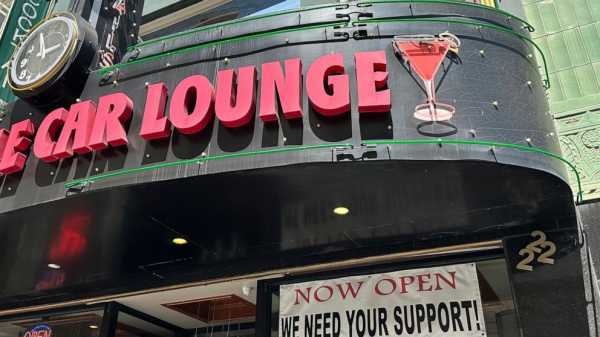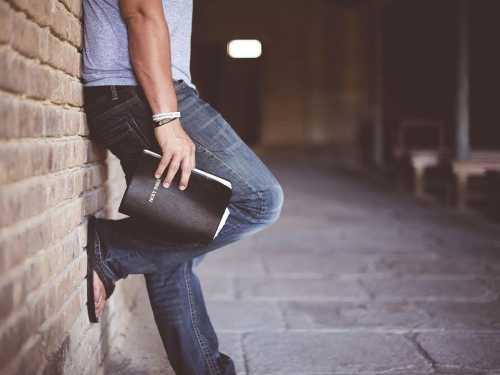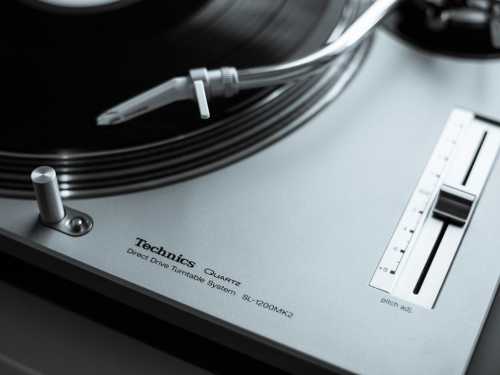
SAN FRANCISCO — Jack Mogannam, manager of Sam’s Cable Car Lounge in downtown San Francisco, relishes the days when his bar stayed open past midnight every night, welcoming crowds that jostled on the streets, bar hopped, window browsed or just took in the night air.
He's had to drastically curtail those hours because of diminished foot traffic, and business is down 30%. A sign outside the lounge pleads: “We need your support!”
“I’d stand outside my bar at 10 p.m. and look, it would be like a party on the street,” Mogannam said. “Now you see, like, six people on the street up and down the block. It’s a ghost town.”
After a three-year exile, the pandemic now fading from view, the expected crowds and electric ambience of downtown have not returned.
Empty storefronts dot the streets. Large “going out of business” signs hang in windows. Uniqlo, Nordstrom Rack and Anthropologie are gone. Last month, the owner of Westfield San Francisco Centre, a fixture for more than 20 years, said it was handing the mall back to its lender, citing declining sales and foot traffic. The owner of two towering hotels, including a Hilton, did the same.
Shampoo, toothpaste and other toiletries are locked up at downtown pharmacies. And armed robbers recently hit a Gucci store in broad daylight.
San Francisco has become the prime example of what downtowns shouldn't look like: vacant, crime-ridden and in various stages of decay. But in truth, it's just one of many cities across the U.S. whose downtowns are reckoning with a post-pandemic wake-up call: diversify or die.
As the pandemic bore down in early 2020, it drove people out of city centers and boosted shopping and dining in residential neighborhoods and nearby suburbs as workers stayed closer to home. Those habits seem poised to stay.
No longer the purview of office workers, downtowns must become around-the-clock destinations for people to congregate, said Richard Florida, a specialist in city planning at the University of Toronto.
“They’re no longer central business districts. They’re centers of innovation, of entertainment, of recreation,” he said. “The faster places realize that, the better.”
Data bears out that San Francisco’s downtown is having a harder time than most. A study of 63 North American downtowns by the University of Toronto ranked the city dead last in a return to pre-pandemic activity, garnering only 32% of its 2019 traffic.
Hotel revenues are stuck at 73% of pre-pandemic levels, weekly office attendance remains below 50% and commuter rail travel to downtown is at 33%, according to a recent economic report by the city.
Office vacancy rates in San Francisco were 24.8% in the first quarter, more than five times higher than pre-pandemic levels and well above the average rate of 18.5% for the nation’s top 10 cities, according to CBRE, a commercial real estate services company.
Why? San Francisco relied heavily on international tourism and its tech workforce, both of which disappeared during the pandemic.
But other major cities including Portland and Seattle, which also rely on tech workers, are struggling with similar declines, according to the downtown recovery study, which used anonymized mobile phone data to analyze downtown activity patterns from before the pandemic and between March and May of this year.
In Chicago, which ranked 45th in the study, major retailers like AT&T, Old Navy and Banana Republic on the Magnificent Mile have closed or soon will as visitor foot traffic hasn’t rebounded.
And midwestern cities like Indianapolis and Cleveland already struggled pre-pandemic with diminished downtowns as they relied on a single industry to support them and lacked booming industries like tech, said Karen Chapple, director of the School of Cities at the University of Toronto and author of the study.
San Francisco leaders are taking the demise of downtown seriously. Supervisors recently relaxed downtown zoning rules to allow mixed-use spaces: offices and services on upper floors and entertainment and pop-up shops on the ground floor. Legislation also reduces red tape to facilitate converting existing office space into housing.
Mayor London Breed recently announced $6 million to upgrade a three-block stretch by a popular cable car turnaround to improve walkability and lure back businesses.
But Marc Benioff, chief executive officer of Salesforce, the city’s largest employer and anchor tenant in its tallest skyscraper, said downtown is “never going back to the way it was” when it comes to workers commuting in each day. He advised Breed to convert office space into housing and hire more police to give visitors a sense of safety.
“We need to rebalance downtown,” Benioff said.
Downtown housing has been the key to success in Baltimore and Salt Lake City, Chapple said.
Real estate experts also point to office-to-housing conversions as a potential lifeline. Cities such as New York and Pittsburgh are offering sizeable tax breaks for developers to spur such conversions.
But for many cities, including San Francisco, it will take more than housing for downtowns to flourish.
Daud Shuja, owner and designer of Franco Uomo, a luxury clothier based in San Jose, said new customers who live in San Francisco drive at least an hour to the store. He plans to open a shop in a more convenient location in suburban Palo Alto next year.
“They just don’t want to deal with the homelessness, with the environment, with the ambience,” he said.
Still, San Francisco officials say the downtown, which stretches from City Hall to the Embarcadero Waterfront and encompasses the Financial District and parts of the South of Market neighborhood, is in transition.
Gap, which started in San Francisco in 1969, closed its flagship Gap and Old Navy stores near Union Square. But the company isn't abandoning the city entirely, planning four new stores from its major brands at its headquarters near the waterfront and anticipating other new stores.
Marisa Rodriguez, CEO of the Union Square Alliance, said foot traffic is steadily up and a strong tourism season is expected. Sales tax revenue from fine and casual dining, as well as hotels and motels, is also up, said Ted Egan, the city's chief economist, defying the narrative that San Francisco is in a doom loop.
Furthermore, new Union Square businesses include upscale fusion restaurants, a hot yoga studio favored by celebrity Jessica Alba and a rare sneaker shop. The area just has to overcome hesitation from local and national visitors due to negative press, Rodriguez said.
“When you’re making your plans to travel, and you’re like, ‘I’ve always wanted to go to San Francisco, but I just keep reading all this stuff.’ When in fact, it’s beautiful. It’s here to welcome you,” she said. “I just hope the noise settles quickly.”
___
D’Innocenzio reported from New York. AP writer Michael Liedtke contributed to this report.
Sourse: abcnews.go.com






